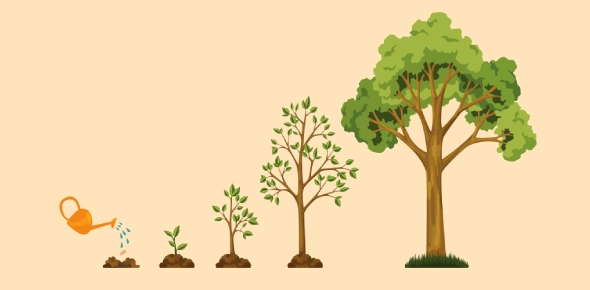Botany Chapter 39 Practice Test
2.
We’ll put your name on your report, certificate, and leaderboard.
Submit
Submit
Submit
Submit
Submit










 Back to top
Back to top






